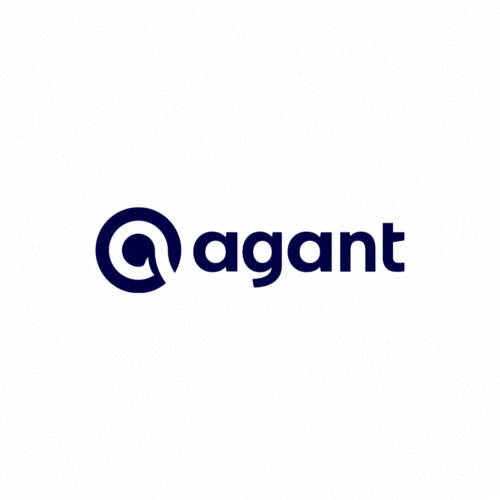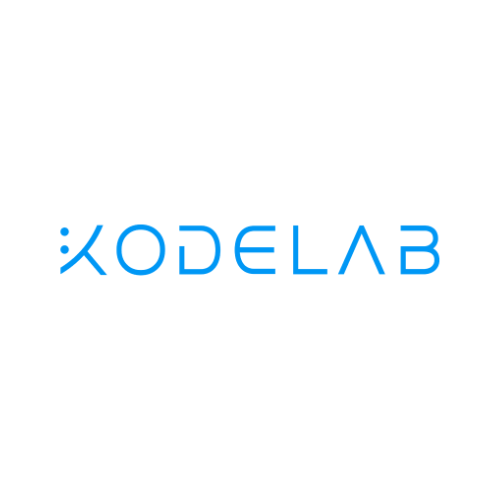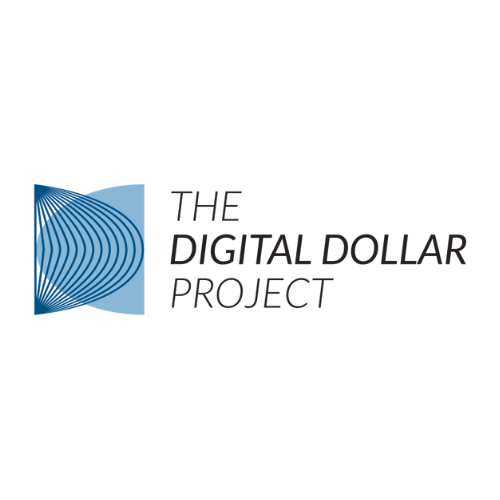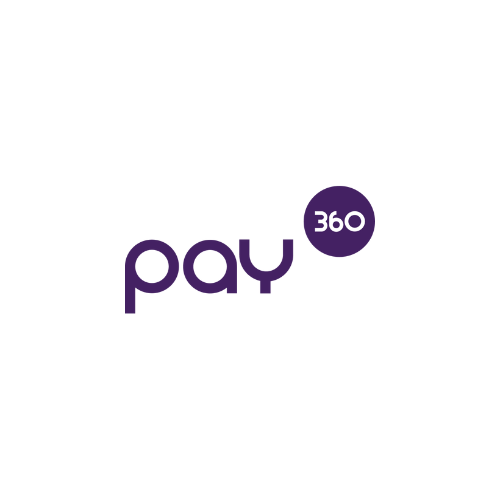Swift, the global financial messaging service, is steering ahead in its mission to bolster the interoperability of Central Bank Digital Currencies (CBDCs) by launching a groundbreaking beta solution, currently under evaluation by three central banks. Additionally, over 30 financial entities have engaged in exploring the extensive applications of this solution through a newly introduced sandbox.
The Hong Kong Monetary Authority (HKMA) and the National Bank of Kazakhstan are amongst the central banking institutions integrating Swift’s innovative CBDC connector solution with their infrastructural frameworks for in-depth testing. Swift’s commitment to advancing this beta solution came on the heels of a promising initial sandbox test, which showcased the “clear potential and value” of the platform.
In a parallel development, Swift has kick-started the second phase of sandbox testing, ushering in an enlarged assembly of over 30 preeminent institutions to delve into a plethora of use cases, encompassing trigger-based payments for digital trade platforms and liquidity saving mechanisms. Noteworthy participants in this expanded round include the Reserve Bank of Australia and Deutsche Bundesbank, with an aggregate of 18 central and commercial banks having participated in the first phase.
Elaborating on the initiative, Tom Zschach, Swift’s Chief Innovation Officer, emphasized the pursuit of interoperability to facilitate a harmonious existence of digital and fiat currencies within today’s payment systems. Zschach conveyed optimism regarding the efficacy of Swift’s CBDC innovations in averting digital fragmentation while acting as a secure conduit between contemporary and futuristic payment landscapes.
The evolution of CBDCs is witnessing a worldwide upswing, with The Atlantic Council pinpointing that countries constituting 98% of the global GDP are now venturing into CBDC explorations. While this crescendo of interest heralds advancement, it simultaneously poses a risk of cross-border fragmentation owing to a predominant focus on domestic utilization.
Swift has strategically positioned itself to combat potential segmentation by championing the cause of interoperability for digital currencies and tokenized assets. The inception of its CBDC-specific endeavors, spanning over 18 months, has been characterized by monumental strides including nearly 5,000 simulated transactions between disparate blockchain networks and existing fiat systems in its inaugural testing phase.
The community of central and commercial bank stakeholders have affirmed the prowess of the connector in facilitating a smooth exchange of CBDCs across diverse platforms, setting a promising precedent for the integration and scalability of digital currencies in the financial ecosystem as Swift spearheads into further testing and refinement.



































































